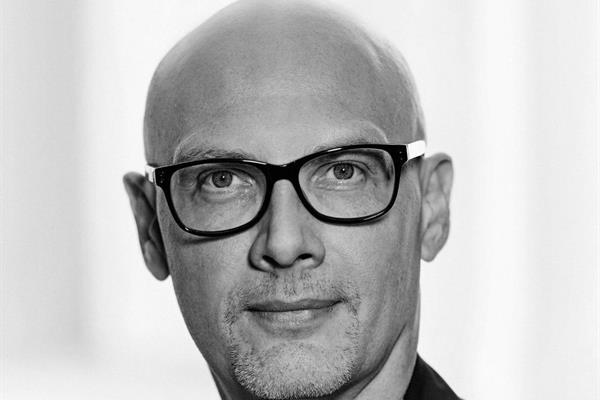
Abstract
We live in an era marked by the LIGO Laboratory discovery of gravitational waves, emitted when two black holes coalesce, and the Event Horizon Telescope imaging of black holes. While these amazing discoveries crystallise Einstein’s theory of general relativity they also beg for a fresh look at the problem of unifying gravity and quantum field theory. These two theories constitute our current understanding of Nature but are notoriously at odds with each other. I will first review basic facts about black holes and then argue in favour of a recent approach that aims at shortcutting the problem of the absence of a theory of quantum gravity. This will be achieved by introducing a quantum gravity model independent approach focussed on effective metric descriptions of quantum black holes. We believe that our findings will herald novel ways to explore quantum corrections to black hole dynamics with impact for our understanding of the fabric of space-time.
About Francesco Sannino
Francesco Sannino is the Director of the Quantum Theory Center, the Founder of the Centre for Cosmology and Particle Physics Phenomenology (CP³-Origins)
at SDU. He is also one of the Founders of the Danish IAS and Professor of Theoretical Physics at the Federico II University in Italy.
Professor Francesco Sannino is widely recognized for having pioneered the analytical and numerical investigations of the conformal structure of gauge theories
of fundamental interactions, for the construction of minimal composite extensions of the standard model, and for the recent discovery of four-dimensional asymptotically
safe theories. Recently he has also applied and developed mathematical tools stemming from theoretical physics to describe the evolution of infectious diseases at human and viral level. His work crosses several realms of particle physics and cosmology from bright and dark extensions of the standard model and inflationary cosmology to the mathematical underpinning of theories of fundamental interactions.
The lecture takes place in the DIAS seminar room and is open to all.
- Arrangør: Danish Institute for Advanced Study
- Adresse: Fioniavej 34, 5230 Odense M
- Kontakt Email: Mettingsdias@sdu.dk
- Tilføj til din kalender: https://eom.sdu.dk:443/events/ical/89c66a85-44ad-4d2d-b089-a5e1def9f327